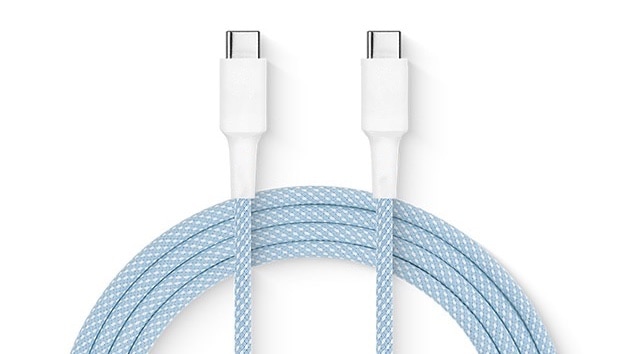Apple didn’t tinker with the USB-C port in the iPhone 15 series to disadvantage standard cables. Instead, the port handles charging and data transfers like any other USB-C port.
This throws cold water on suspicions that the new iPhones would require special MFi cables to get the maximum data or charging rates.
iPhone 15 USB-C is simply USB-C
Apple held on to its proprietary Lightning port and connector for nearly a decade after USB-C became a better option. The reason is simple: money. The iPhone-maker charged third-party accessory-makers a fee to add Lightning to their products as part of the MFi program, and Apple didn’t want to give that up.
But then the EU parliament passed a law to block the sale of phones that don’t include USB-C, and Apple had to give in.
But a conspiracy theory spread before the launch of the iPhone 15 that USB-C cables that didn’t bear MFi certification wouldn’t be fully compatible with the new model. The theory is there would need to be a chip in the cable that authenticates it to the handset.
Now that the iPhone 15 and its USB-C are official, there’s no evidence whatsoever to back those suspicions up. Quite the contrary.
“We can confirm that these early reports were incorrect and that iPhones have completely standard USB-C ports that work just fine with all existing USB 3 and USB-PD (Power Delivery) compliant cables, chargers, and accessories, just like Apple’s other devices,” reports Ars Technica.
The conspiracy theory was always a long shot. For one thing, Mac and iPad have included fully standard USB-C ports for years. If that wasn’t enough, the EU flat out told Apple not to do anything dodgy with the iPhone 15 USB-C port.
But not all USB-C cables are created equal
Because the iPhone 15 uses a standard port, there’s no real reason to buy Apple’s charging cables. The latest iOS handsets can get power and data through any cable originally intended for an Android or Windows computer. Or one bought new off the shelf.
That said, because USB-C cables are such a commodity, the quality varies wildly. That significantly affects the speed at which power and data flow to the handset.
This is especially important for users of the iPhone 15 Pro and Pro Max, which have a USB-C port that supports USB 3.2 Gen 2. It can transfer data at to 10 gigabits per second, but only through good-quality cables designed to handle that speed. It’s unlikely with a $2 cable bought off some shady website can do that.
But full compatibility with any USB-C cable is proof that Apple didn’t switch from Lightning to USB-C as a scheme to make more money. It’s actually going to lose money on the change.


